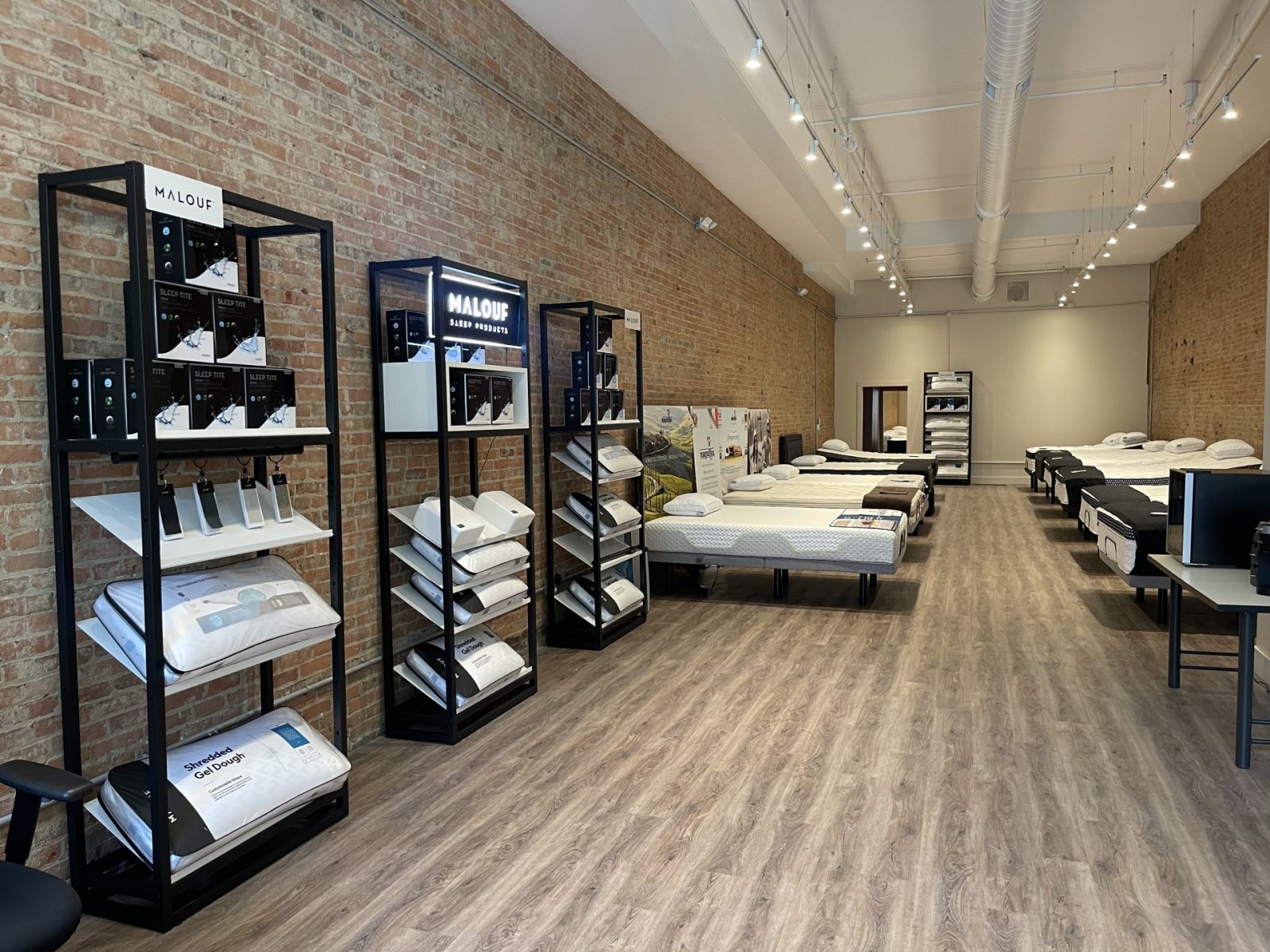Ergonomic Rest Solutions for Workplace Wellness

Workplace wellness has become a top priority as more professionals seek ways to stay healthy, comfortable, and productive throughout the workday. While standing desks and fitness challenges get plenty of attention, ergonomic rest solutions are often overlooked. Yet the right approach to rest at work can be the missing link that helps you avoid fatigue, prevent chronic pain, and unlock a higher level of productivity.
This blog explores why rest matters for workplace wellness, highlights key ergonomic rest solutions, and provides practical steps to integrate better rest into your routine. Whether you’re a manager setting up a new office, an employee working long hours at your desk, or someone searching for expert help at a mattress store in Utah, you’ll find valuable guidance here.
The Critical Role of Rest in Workplace Wellness
Why Rest Matters
Extended hours at your desk can lead to back pain, eye strain, and reduced mental sharpness. Research shows that regular breaks improve focus, creativity, and resilience to stress. Yet, many people underestimate the health risks of skipping rest. The body needs time to recover from repetitive motions, extended sitting, and blue light exposure. Even short periods of proper rest can help your body and mind bounce back.
The Science Behind Ergonomic Rest
Ergonomics is all about designing your environment to fit your body’s needs. Ergonomic rest isn’t limited to fancy chairs or desk setups. It includes any tools or practices that make your breaks more restorative. Proper support as you rest, combined with smart routines, reduces strain on your muscles and joints. Studies from the National Institute for Occupational Safety and Health link ergonomic furniture and purposeful breaks to lower injury rates and higher self-reported wellness at work.
Essential Ergonomic Rest Solutions for the Workplace
Supportive Seating That Makes a Difference
The chair you sit in has an immediate impact on your posture and comfort. Ergonomic chairs with lumbar support, adjustable seat heights, and padded armrests can vastly improve how you feel by the end of the workday. Some modern office chairs now feature reclining capabilities or headrests designed for “micro-naps,” allowing for quick, restorative rest without leaving your workspace.
Tip: Adjust your chair so feet rest flat on the floor and your knees are about level with your hips. Consider a footrest if your feet dangle.
Napping Pods and Dedicated Rest Spaces
Progressive companies are investing in napping pods or comfy lounges where personnel can recharge. Short naps of 10–20 minutes can increase alertness, boost memory, and even improve decision-making. Google, Zappos, and Ben & Jerry’s all offer rest spaces, reporting rises in employee satisfaction and lower rates of burnout.
If your office doesn’t have a dedicated space, advocate for a quiet room with low lighting—even a recliner or large floor cushion can help.
Adjustable Workstations for Sit-Stand Flexibility
Alternating between sitting and standing helps prevent the stiffness and back pain associated with static postures. Adjustable desks encourage natural movement and make it easier to weave in breaks without disrupting workflow. Pair these with anti-fatigue mats to reduce strain when standing.
Mini-break idea: Every hour, stand up, stretch, or take a few steps. Use a timer or reminder app if needed.
The Right Mattress for Workplace Wellness
Though more relevant to home offices and sleep rooms than the average cubicle, the mattress you rest on affects your work performance. Poor-quality sleep linked to an unsupportive mattress translates directly into daytime fatigue, irritability, and trouble concentrating. Some forward-thinking workplaces now provide nap rooms with high-quality mattresses, but even remote workers benefit from investing in the right mattress at home.
If you’re unsure where to start, experts at a reputable mattress store in Utah can guide you to options that offer spine support and pressure relief.
Supportive Accessories Make It Complete
- Cushions and Lumbar Rolls: Enhance existing chairs for better posture.
- Eye Masks and Earplugs: Create instant calm and block out distractions for true downtime.
- Portable Footrests: Unwind during micro-breaks and support circulation.
- Aromatherapy Diffusers: Calm the senses in shared spaces with stress-reducing scents like lavender.
Building a Culture of Rest in Your Workplace
Leadership Sets the Tone
Managers play a crucial role by modeling good rest habits and encouraging others to take breaks. Leaders who schedule walking meetings, group stretch breaks, or short, team-wide downtime help normalize rest as part of the work culture. This not only benefits morale but can lower absenteeism and healthcare costs in the long run.
Educate and Empower
Provide training or resource guides about ergonomic rest. Simple reminders on employee portals or digital screensavers (“Take a breath, take a break!”) make rest top-of-mind.
Encourage Personalization
Everyone rests differently. Offer a mix of options such as napping pods, relaxing music rooms, or wellness corners with yoga mats. Give employees the freedom to choose what works best for them.
Take Action for a Healthier Workday
Making rest a priority isn’t just a perk; it’s an investment in long-term wellness and productivity. Start by evaluating your current office setup. Are there opportunities to add more supportive furniture, or could you advocate for rest spaces at your next team meeting? Try scheduling intentional, short breaks and experiment with tools like chair cushions, adjustable desks, or even the perfect mattress for your home workspace.
Remember, creating a culture of wellness takes time but pays off in energy, engagement, and overall job satisfaction. If you need personalized guidance, don’t hesitate to consult workplace wellness specialists or a local mattress expert for solutions that fit your needs.
